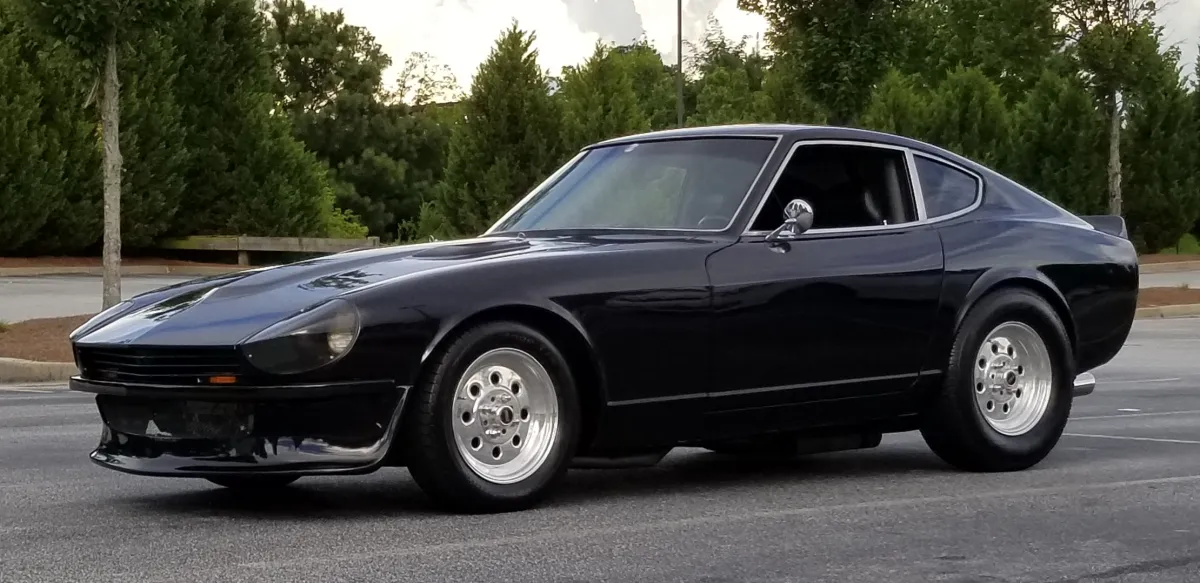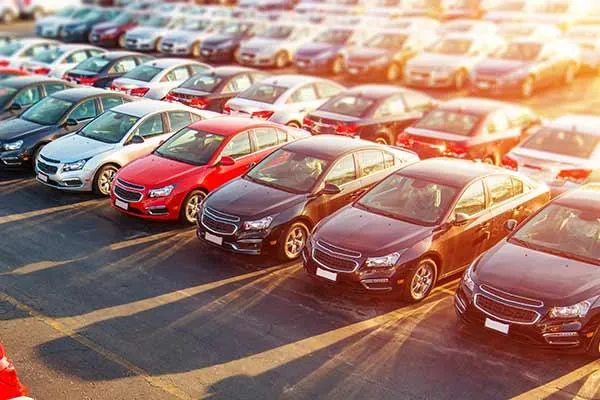

Articles & Content

Inflation on Vehicle Pricing Diminished
“We're committed to actively managing production levels to balance supply with demand and our targeting to end 2023 with 50 to 60 days of total dealer inventory on a portfolio basis.”
- GM CFO Paul Jacobsen
Over the last few years, the automotive industry has experienced unprecedented increases in new vehicle pricing. While the auto industry has always experienced fluctuations in prices due to factors like inflation, technological advancements, and consumer demand, the scale and regularity of price hikes since 2020 was raising alarm bells.

Inflation
Increased government spending, which includes stimulus programs and infrastructure investments, combined with the boost in housing values we experienced in 2021-2022, injected tons of cash into the marketplace. This increased supply of money created higher demand for goods, including cars without a corresponding increase in production. As demand outpaced supply, pricing increased. In addition, car manufacturers began facing higher costs due to increased demand for raw materials, labor, and other inputs. The combination caused vehicle pricing to get out of control.
The good news, however, is that we've seen vehicle pricing plateau as we've progressed into 2023. July '23 saw the smallest increase in year-over year pricing for new vehicles in a decade. The average transaction price for a new vehicle was $48,334 in July, which was 0.4% increase from July '22 and month-over-month decrease of $337 or 0.7%. These are great signs that inflation is no longer having a huge impact on vehicle pricing.
Technological Advancements
While inflation is diminishing, there are other contributing factors to escalating prices. One such factor is the rapid integration of advanced technology into vehicles. From infotainment systems to driver assistance features and electric powertrains, these innovations undoubtedly enhance the driving experience. However, the development and integration of such technologies come at a significant cost, which manufacturers pass onto the consumer.
Stringent Regulations
Another factor of increased pricing is stricter emissions standards and safety regulations that have prompted manufacturers to invest heavily in research and development to meet these stringent requirements. These new environmental and safety regulations have also led to increased production costs that ultimately trickle down to buyers.
Used Vehicle Pricing
We're seeing similar trends for used vehicles. The average used car sold for $27,028 in July '23, which is a decrease of .5% from last month, and a year-over-year decrease of 4.1%. At the end of July, there were 2.25 million used cars available for sale, a 9% decrease from the same time a year ago. While used-vehicle inventory has seen an improvement the past few months, the overall inventory volume is still considered tight.
Demand & Pricing Combo Platter
While reduction of price increases is a good thing, car dealers must pay close attention to their trade-in and overall used inventory value/pricing. If demand and pricing continue cooling down, it creates a risky environment. Ensure your GSMs enter lower ACVs on their deals than they have been, and don't be scared to take a hit to move a lot anchor... the value will only get worse.
Marketing
We're getting back to the days when dealers had to rely on their advertising to make a difference in their sales, and needed quality salespeople to close deals. Fanatic Marketing creates selling systems that generate traffic, leads & sales utilizing new, innovative advertising products that work. And let's face it, you're probably tired of those corporate marketing companies. If so, you'll love the boutique experience we provide... it's refreshing. Contact us today!

Inflation on Vehicle Pricing Diminished
“We're committed to actively managing production levels to balance supply with demand and our targeting to end 2023 with 50 to 60 days of total dealer inventory on a portfolio basis.”
- GM CFO Paul Jacobsen
Over the last few years, the automotive industry has experienced unprecedented increases in new vehicle pricing. While the auto industry has always experienced fluctuations in prices due to factors like inflation, technological advancements, and consumer demand, the scale and regularity of price hikes since 2020 was raising alarm bells.

Inflation
Increased government spending, which includes stimulus programs and infrastructure investments, combined with the boost in housing values we experienced in 2021-2022, injected tons of cash into the marketplace. This increased supply of money created higher demand for goods, including cars without a corresponding increase in production. As demand outpaced supply, pricing increased. In addition, car manufacturers began facing higher costs due to increased demand for raw materials, labor, and other inputs. The combination caused vehicle pricing to get out of control.
The good news, however, is that we've seen vehicle pricing plateau as we've progressed into 2023. July '23 saw the smallest increase in year-over year pricing for new vehicles in a decade. The average transaction price for a new vehicle was $48,334 in July, which was 0.4% increase from July '22 and month-over-month decrease of $337 or 0.7%. These are great signs that inflation is no longer having a huge impact on vehicle pricing.
Technological Advancements
While inflation is diminishing, there are other contributing factors to escalating prices. One such factor is the rapid integration of advanced technology into vehicles. From infotainment systems to driver assistance features and electric powertrains, these innovations undoubtedly enhance the driving experience. However, the development and integration of such technologies come at a significant cost, which manufacturers pass onto the consumer.
Stringent Regulations
Another factor of increased pricing is stricter emissions standards and safety regulations that have prompted manufacturers to invest heavily in research and development to meet these stringent requirements. These new environmental and safety regulations have also led to increased production costs that ultimately trickle down to buyers.
Used Vehicle Pricing
We're seeing similar trends for used vehicles. The average used car sold for $27,028 in July '23, which is a decrease of .5% from last month, and a year-over-year decrease of 4.1%. At the end of July, there were 2.25 million used cars available for sale, a 9% decrease from the same time a year ago. While used-vehicle inventory has seen an improvement the past few months, the overall inventory volume is still considered tight.
Demand & Pricing Combo Platter
While reduction of price increases is a good thing, car dealers must pay close attention to their trade-in and overall used inventory value/pricing. If demand and pricing continue cooling down, it creates a risky environment. Ensure your GSMs enter lower ACVs on their deals than they have been, and don't be scared to take a hit to move a lot anchor... the value will only get worse.
Marketing
We're getting back to the days when dealers had to rely on their advertising to make a difference in their sales, and needed quality salespeople to close deals. Fanatic Marketing creates selling systems that generate traffic, leads & sales utilizing new, innovative advertising products that work. And let's face it, you're probably tired of those corporate marketing companies. If so, you'll love the boutique experience we provide... it's refreshing. Contact us today!

©2025 | All Rights Reserved. | SiteMap | Privacy Policy | (833) 326-6584


